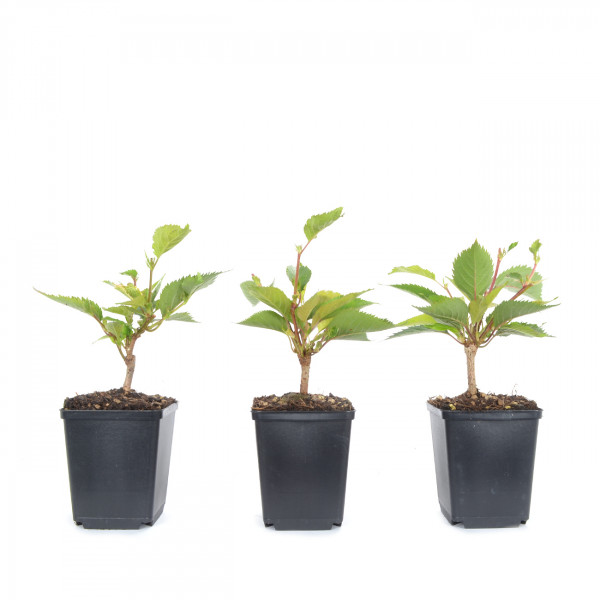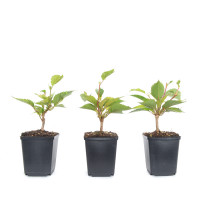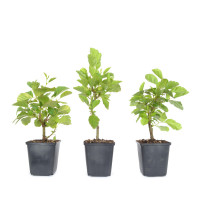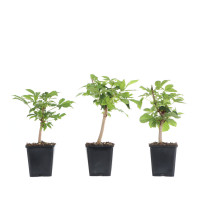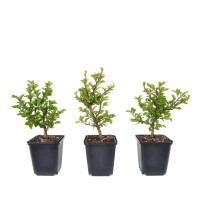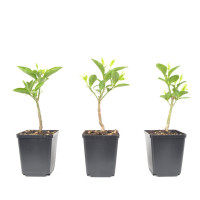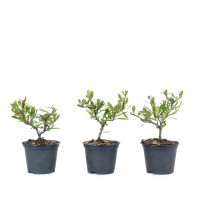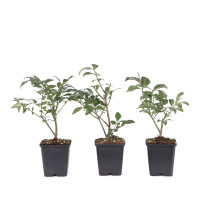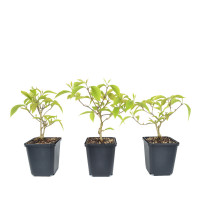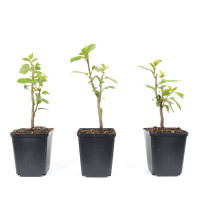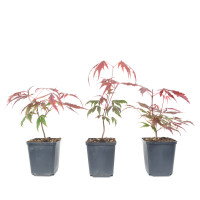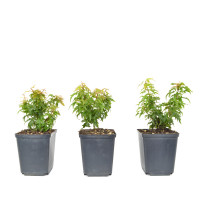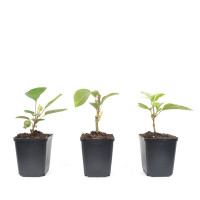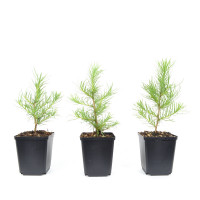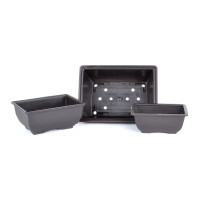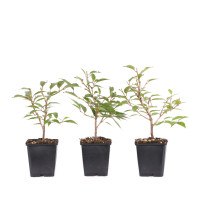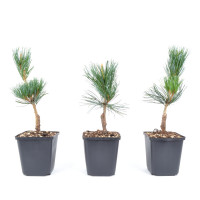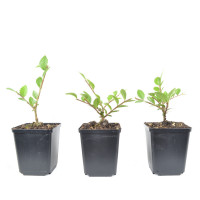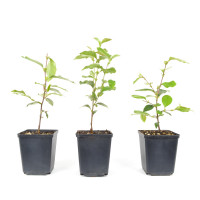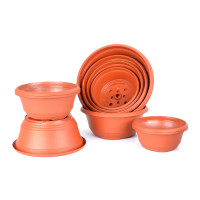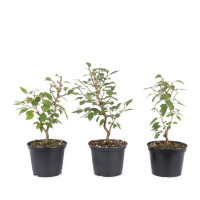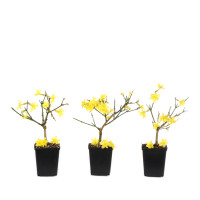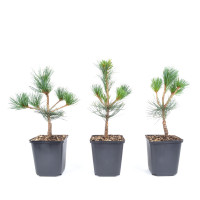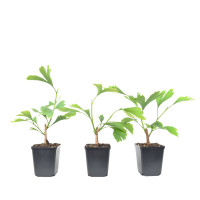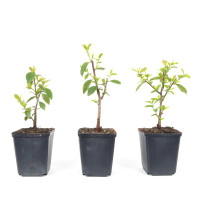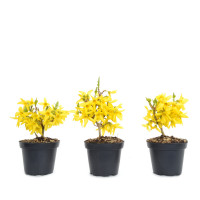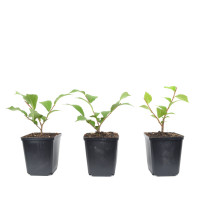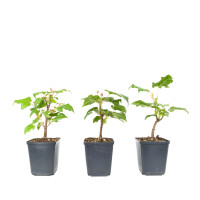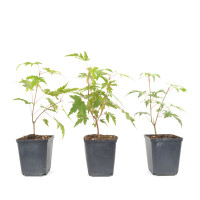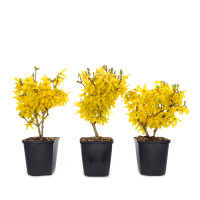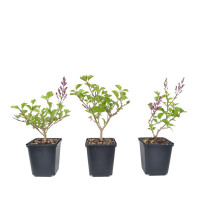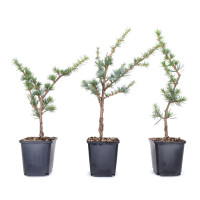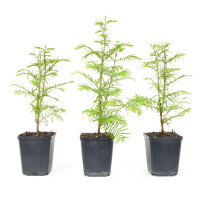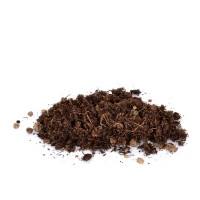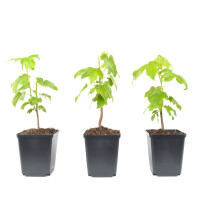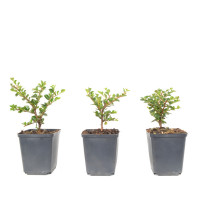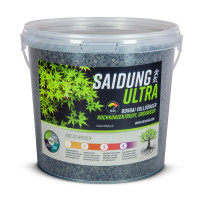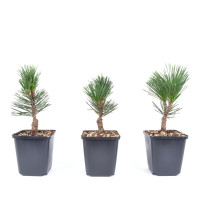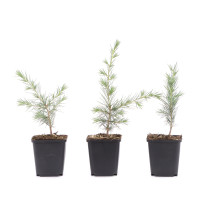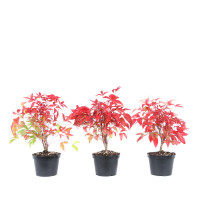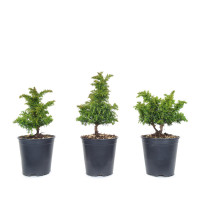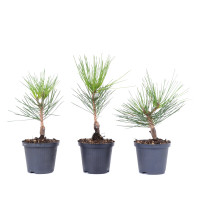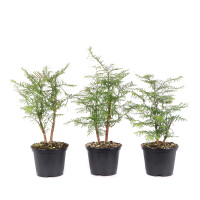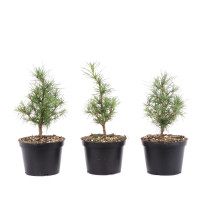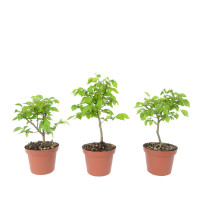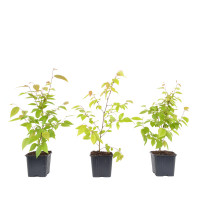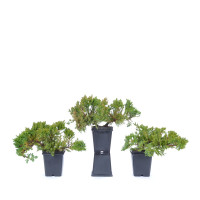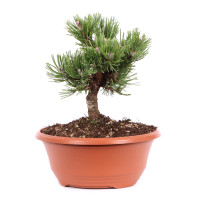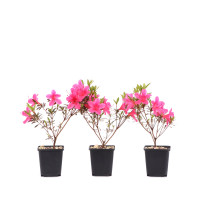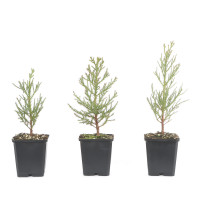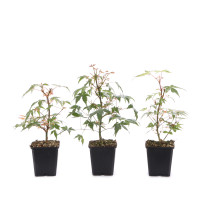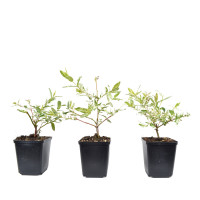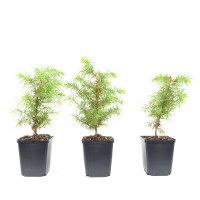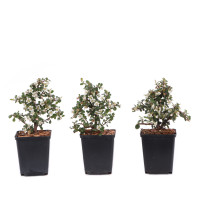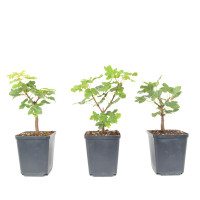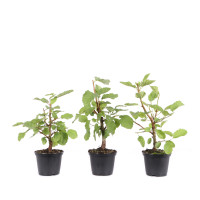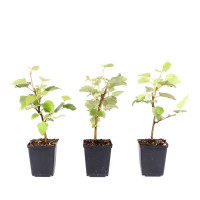- Order number: 1035-02-T
- Height: ca. 5 - 10 cm (no pot)
- Foliage: deciduous
- Age: 2 years
- Bonsai Pot: plastic pot
- Characteristics: attractive autumn colour, with flowers
- Origin: Germany
- Product contents: You will get a similar plant
Prunus ‘Accolade‘ - Cherry Tree ‘Accolade'
General:
The genus Prunus comprises about 430 species, which predominantly occur in the northern temperate zone. The Japanese cherries are certainly the most famous and beautiful plants. With an unprecedented abundance of flowers, they signal the beginning of spring. In Japan, at the time of the cherry blossom, people make a pilgrimage to the appropriate gardens to admire this natural spectacle.
Care as a bonsai:
cherries should not be missing in any bonsai collection. With their blooming flowers, they symbolize spring and with them the flora awakens to new life. Cherries can be cultivated as bonsai without any problems. Due to their cut tolerance and good branching, they develop a beautiful and loosely branched crown even without wire. Cherry trees like to be sunny and should be watered regularly. The plants are frost hardy but should be protected in winter. In order to avoid early flowering, however, the winter quarters must not get warm too early in the year.
Special features of the variety:
The ‘Accolade‘ variety is the result of a cross between the Japanese Sargent's cherry (Prunus sargentii) and the autumn cherry (Prunus subhirtella). It grows in the garden as a graceful, loosely structured shrub with slightly arching overhanging shoots. It blooms pink very early in April. The flowers are slightly double and sit in small clusters on biennial and perennial wood, often on short shoots. The elliptical leaves are green in summer and turn yellow-orange in autumn. We chose this variety from the large number of ornamental cherries because it is healthy and vigorous. Even as a young plant, sometimes even in the propagation bed, it begins to bloom. We propagate this species ourselves from cuttings and accordingly there are no unsightly grafting points here. In summer, especially in a sunny spot, the cherry needs a lot of water. If it does not get enough of it, it shows this immediately by hanging shoots or rolled up leaves. If this condition lasts longer, the shoot tips and the leaves dry up. In such a case, a thorough immersion bath is the best way to prevent major damage. Due to its vigorous growth, it should also be well fertilized and repotted regularly.

